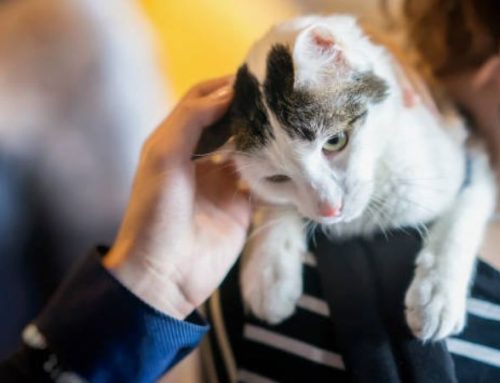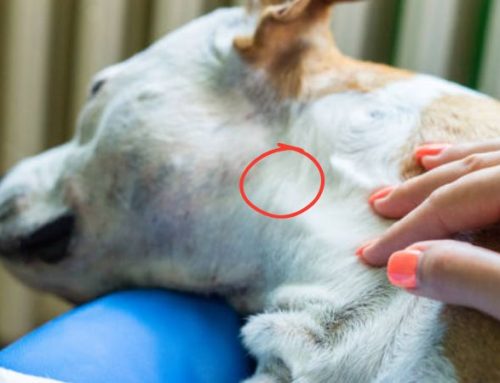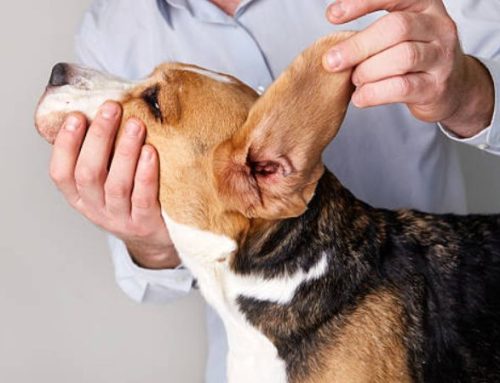Even the tiniest kitten can feel the outsized annoyance—and danger—of fleas. These tiny pests don’t just cause relentless itching; left unchecked, they can lead to discomfort, illness, and even anemia in young kittens.
If your little furball weighs under 1 kilogram or is less than 12 weeks old, choosing the right flea treatment is crucial. In this guide, Nexus-Pets highlights the 5 Safe Flea Treatments specifically designed to protect the most vulnerable kittens, keeping them happy, healthy, and itch-free.
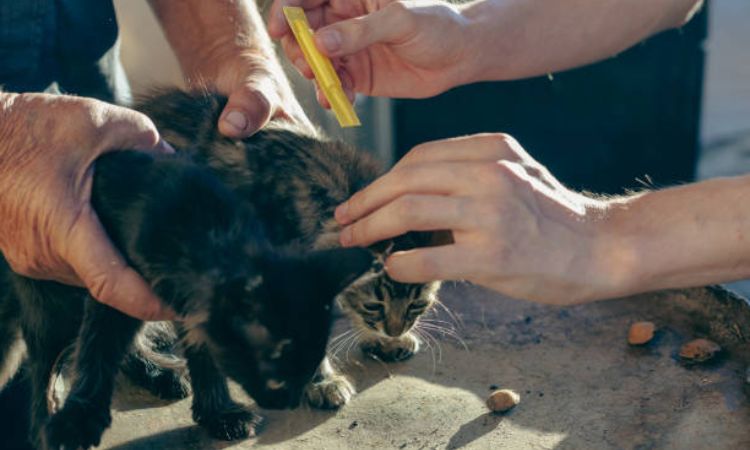
What to Consider Before Choosing a Treatment
Choosing the right flea treatment for kittens requires careful attention to their age, weight, and overall health. Kittens are extremely sensitive to medications, and even products safe for adult cats or dogs can be toxic to them.
1. Kitten’s Age
The exact age of your kitten plays a major role in determining which treatments are safe. Flea products are typically only tested for kittens 8 weeks and older. For kittens younger than 8 weeks, natural methods like gentle bathing and flea combing are the safest options. Kittens at 3–6 weeks are especially vulnerable, and most topical or oral medications should be avoided.
2. Kitten’s Body Weight
Weight is equally important. Kittens under 1 kg (approximately 2.2 pounds) may not tolerate standard doses of flea medications. Even approved products for older kittens may require adjusted dosages to prevent overdose.
3. Veterinary Consultation
Always consult a veterinarian before applying any flea treatment. A vet can recommend products appropriate for your kitten’s age, weight, and health condition, ensuring effectiveness while minimizing risk. They can also advise on safe alternatives if your kitten is too young or small for conventional treatments.
4. Safety First
Avoid using products containing harmful chemicals such as permethrin, which is toxic to cats, or essential oils that kittens cannot metabolize safely. Never guess at dosages, and carefully follow all label instructions. Prioritizing safety over speed will protect your kitten from serious health complications while effectively controlling fleas.
Top 5 Safe Flea Treatments for Kittens Under 12 Weeks and 1kg
1. Manual Flea Removal: Flea Comb & Warm Bath
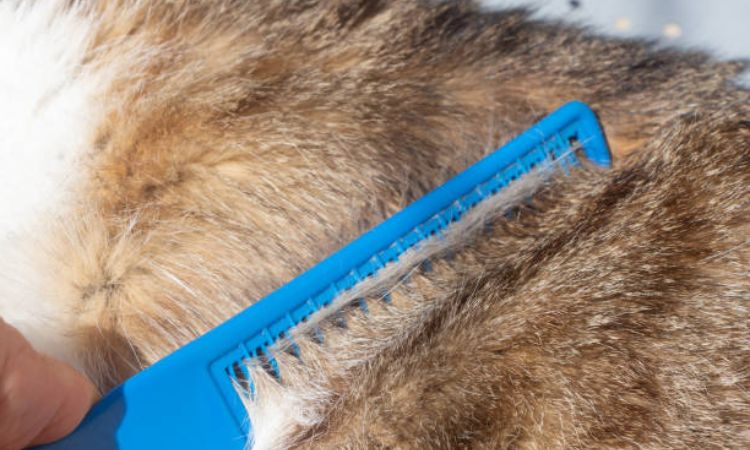
Manual flea removal remains the safest and most effective method for very young kittens, especially those as early as 3–4 weeks old. At this stage, most commercial flea products are too potent and may pose serious toxicity risks.
Step-by-step guide:
- Begin by gently combing the kitten’s fur with a fine-toothed flea comb. Focus on areas where fleas tend to congregate, such as the base of the tail, neck, and underbelly.
- Dunk any captured fleas in a small bowl of lukewarm water with a few drops of mild, kitten-safe soap to ensure they are killed.
- If necessary, give the kitten a short bath using lukewarm water and fragrance-free, nonmedicated kitten shampoo. Limit bathing to under two minutes to prevent chilling or stress. Wash from neck down, avoiding eyes, ears, and mouth, and ensure thorough rinsing.
- Towel dry immediately and use a soft washcloth to gently clean the head area without submerging it.
Limitations:
This approach only eliminates adult fleas already on the kitten; it does not affect eggs, larvae, or pupae in the environment. Repetition may be required daily or every other day until the infestation is under control.
2. Vet-Approved Topical Solutions (Low-Dose)
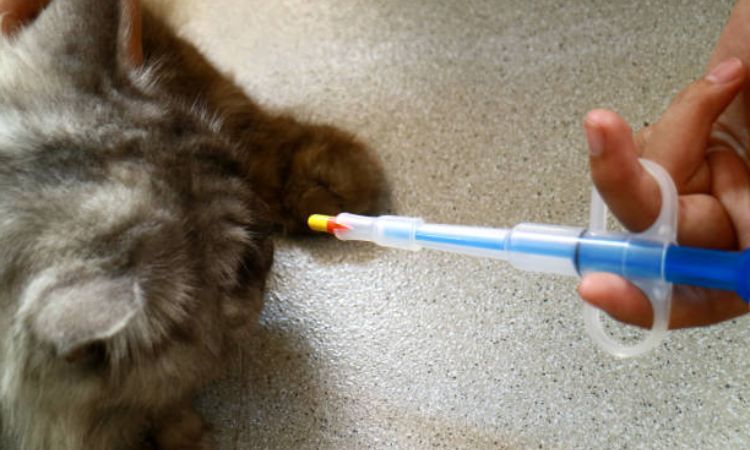
For kittens approximately 6 weeks old and weighing close to 1kg, certain low-dose topical flea treatments can be safe under veterinary supervision. These products contain carefully measured active ingredients designed to kill adult fleas while minimizing risk of poisoning.
Examples of safe components:
- Selamectin
- Fipronil (kitten-specific formulations)
Usage considerations:
- Always follow veterinarian guidance regarding dosage, frequency, and application area.
- Monitor your kitten closely for signs of sensitivity, including drooling, lethargy, or skin irritation.
- Avoid using products formulated for adult cats or dogs, as these may contain permethrin or other chemicals toxic to kittens.
3. Oral Flea Medications (Prescription Only)
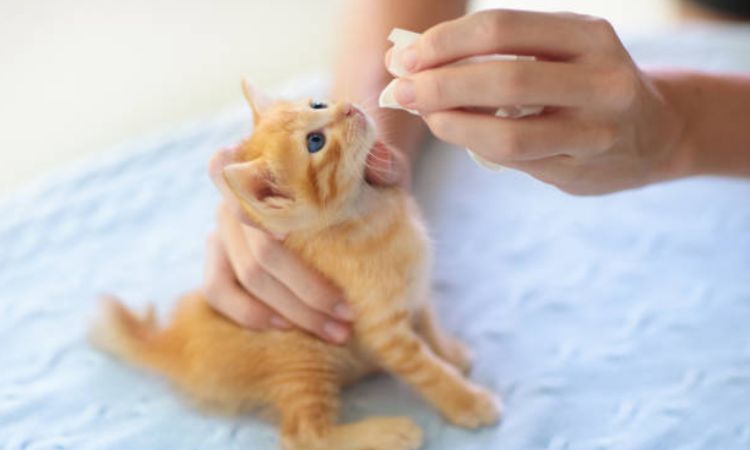
Oral flea medications may be prescribed in select cases by a veterinarian, particularly when topical treatments are not suitable or a rapid elimination of fleas is necessary. These are typically reserved for kittens over 6 weeks and at least 1kg in weight.
Advantages:
- Fast-acting, often effective within 24 hours
- Can simplify treatment if multiple kittens or pets are affected
Disadvantages:
- Not recommended for very young or underweight kittens due to potential toxicity
- Requires veterinary prescription and close monitoring for side effects such as vomiting or diarrhea
4. Natural & Supportive Remedies
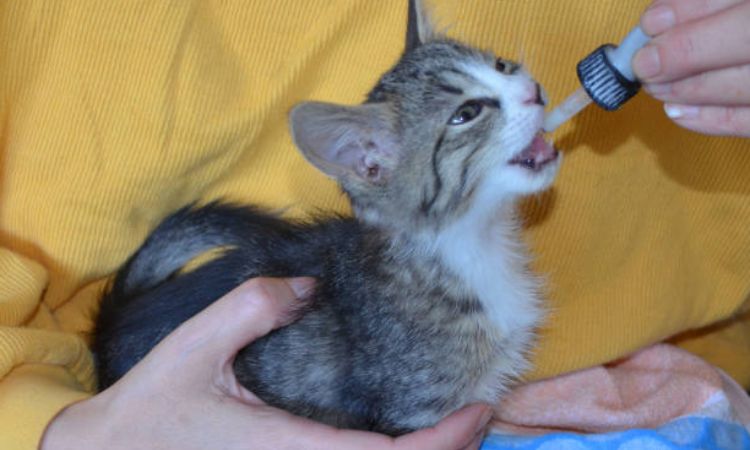
Complementary, kitten-safe alternatives can help reduce flea numbers and support overall treatment without introducing chemical risks.
Options include:
- Diluted apple cider vinegar spray – helps repel fleas when applied lightly to fur; must be used under veterinary advice to avoid skin irritation.
- Diatomaceous earth – safe only for environmental use, sprinkled on carpets or bedding to help dehydrate flea larvae and eggs.
Home cleaning tips:
- Regularly wash bedding, blankets, and towels in hot water.
- Keep the living space vacuumed, especially areas where kittens frequently rest.
- Avoid direct application of abrasive or chemical substances on kittens themselves.
5. Environmental Flea Control
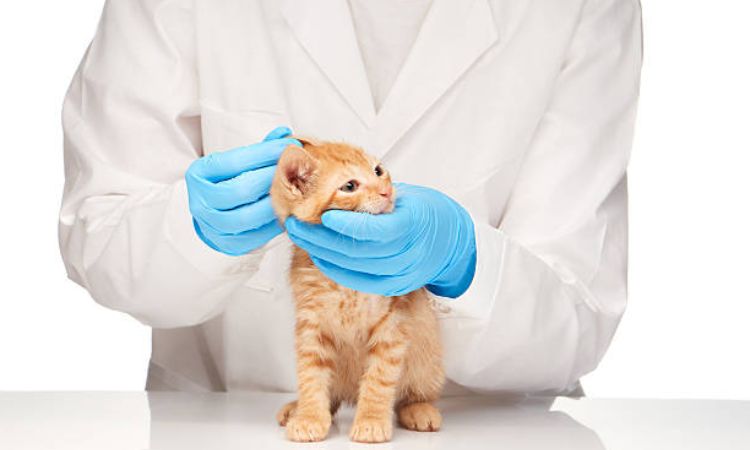
Treating the kitten’s environment is a critical step, as fleas spend up to 95% of their lifecycle off the host. Failing to address bedding, carpets, and even other household pets can result in continuous reinfestation.
Key strategies:
- Wash all bedding in hot water and dry at high heat or in direct sunlight.
- Vacuum carpets, rugs, and upholstery daily during an infestation, discarding the vacuum bag or cleaning the canister outside.
- Ensure all pets in the household are protected with age-appropriate flea control measures to prevent cross-infestation.
By combining environmental management with safe direct treatments, young kittens under 12 weeks and 1kg can be protected from fleas without exposing them to harmful stress or toxic chemicals.
You may be interested in: Got Cat Lice? How to Spot, Treat, and Prevent Cat Lice, Fleas, and Ticks
Common Mistakes to Avoid
1. Using Adult Cat Flea Treatments: Adult formulations can be toxic for kittens under 8 weeks or below 1.5–2 pounds, causing vomiting, tremors, seizures, or respiratory issues. Always check labels and consult a vet.
2. Applying Essential Oils: Direct use of oils like citrus, peppermint, pine, or cinnamon is dangerous. They can irritate skin, affect breathing, and cause poisoning. Avoid all essential oils on young kittens.
3. Over-Bathing or Harsh Soaps: Frequent baths or strong shampoos damage sensitive kitten skin, strip natural oils, and risk chilling. Use lukewarm water with mild, kitten-safe soap and limit baths to under two minutes.
4. Ignoring the Environment: Fleas spend most of their lifecycle off the kitten. Wash bedding, vacuum carpets and furniture, treat other pets, and block access to outdoor flea carriers to prevent reinfestation.
Choosing the right flea treatment for a young kitten is a critical decision for their health and well-being. By prioritizing these safe and veterinarian-approved options, you can effectively manage a flea problem and give your tiny feline friend the best possible start in life. Always remember to consult with your vet before administering any new treatment.




